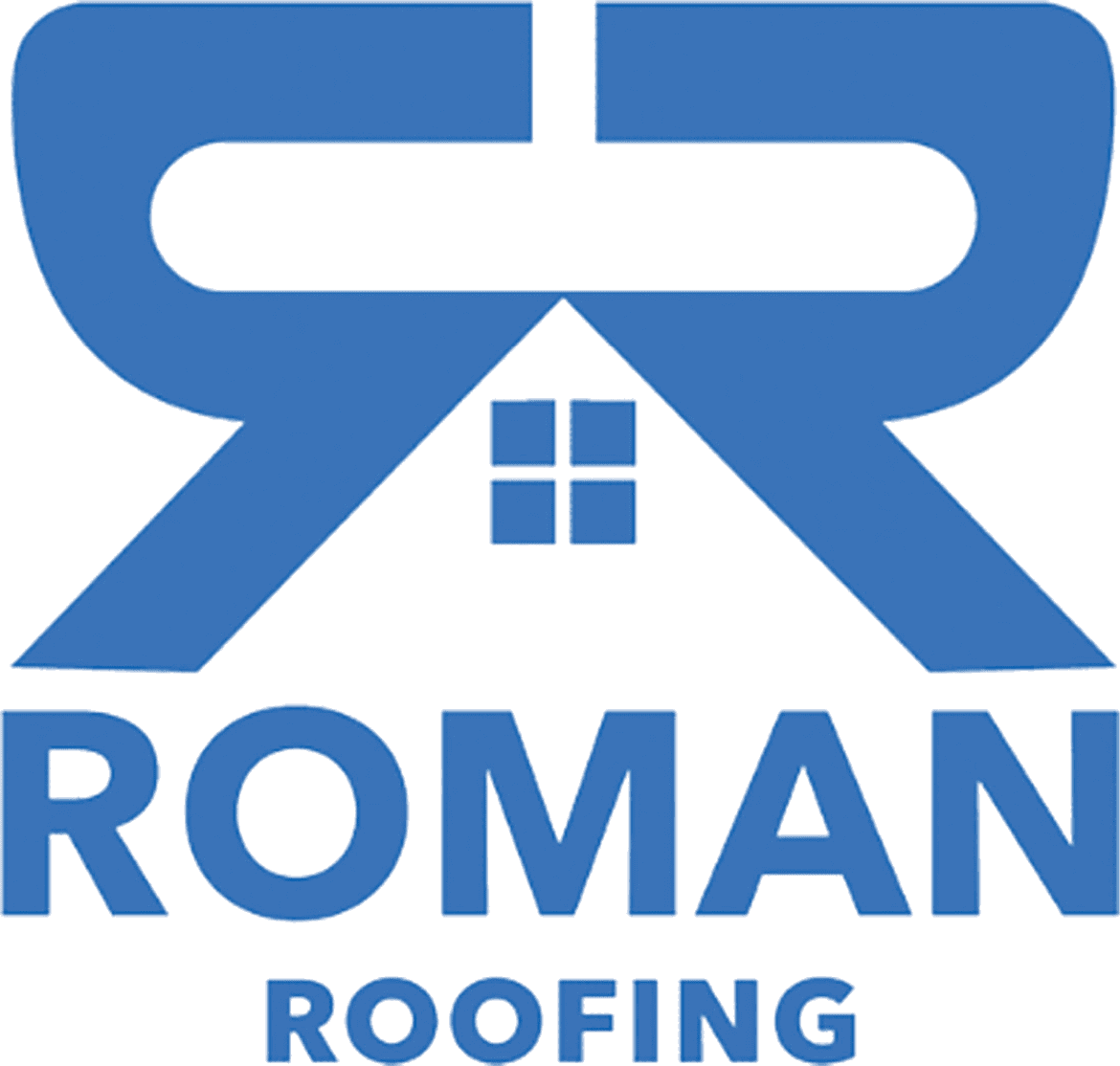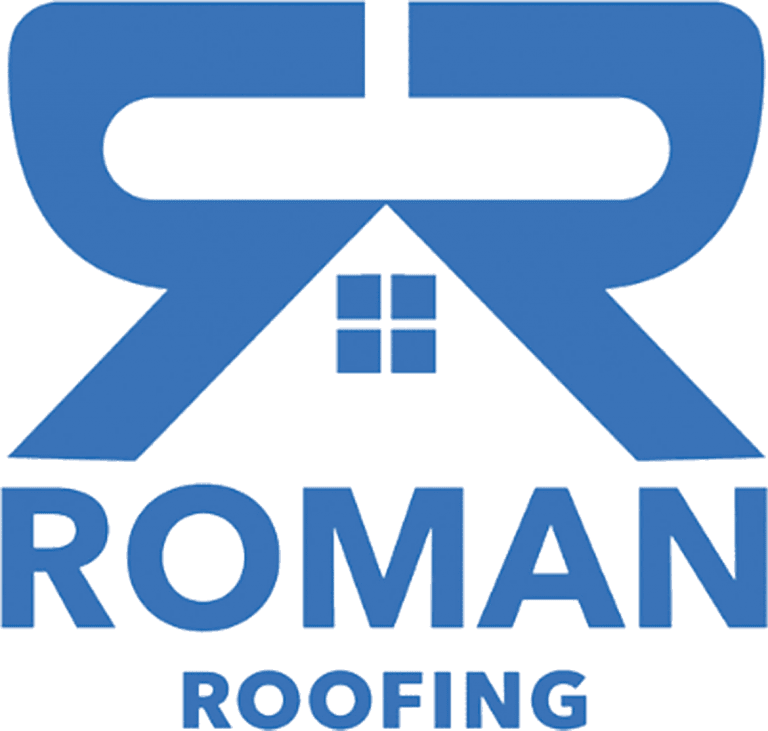
When it comes to commercial roofing, extreme climates pose a unique set of challenges. From scorching deserts to icy polar landscapes, each environment demands specialized solutions. This article explores how innovative roofing materials and designs are rising to meet these challenges, ensuring both durability and sustainability.
Surviving Desert Heat
In desert regions, the intense heat and temperature swings between day and night are major concerns. Reflective roofing materials are often the best choice, as they repel sunlight and help maintain stable indoor temperatures. Light-colored roofing options are also popular, as they absorb less heat and make buildings more energy-efficient.
Overcoming Polar Cold
In contrast, polar and alpine areas face issues like heavy snowfall and freezing temperatures. Here, steeply pitched roofs are essential to allow snow to slide off, preventing dangerous build-up. Durable materials like slate or metal are often chosen for their ability to withstand the cold.
Navigating Tropical Challenges
Tropical climates bring their own set of problems, including high humidity, frequent rain, and intense heat. Effective water drainage systems are crucial, and materials that resist mold and rot are preferred. Additional features like overhangs and eaves can provide shade and rain protection.
Coastal Roofing Solutions
Coastal areas present challenges like salt air, high humidity, and the risk of hurricanes. Corrosion-resistant materials and aerodynamic designs are key to long-term durability. Secure anchoring systems are also essential to withstand storms.
Wind-Resistant Roofing
In windy regions, the constant high winds require aerodynamic roofing designs that minimize wind resistance. Materials need to be durable enough to withstand these conditions over the long term.
Earthquake Safety
In areas prone to earthquakes, flexibility is crucial. Roofing materials and designs must be able to move with the building during seismic activity. Lightweight materials are often preferred to reduce risk during tremors.
Flood-Proofing
In flood-prone regions, elevated roofing structures and efficient drainage systems are essential. Waterproof seals and barriers can provide additional protection.
Fire-Resistant Options
In wildfire zones, fire-resistant materials like metal or specially treated wood are crucial. Roof designs may also include barriers to prevent embers from settling.
High-Altitude Adaptations
At high altitudes, challenges include reduced air pressure, intense UV radiation, and cold temperatures. UV-reflective materials and enhanced insulation are often the best solutions.
Tackling Urban Heat
In urban heat islands, where temperatures are elevated, green roofs and cool roofing materials are increasingly popular. These options reflect more sunlight and absorb less heat, making them energy-efficient choices.
In summary, commercial roofing faces a myriad of challenges in extreme climates. However, ongoing advancements in materials and design are providing increasingly effective solutions. As we move towards a more sustainable future, the relationship between roofing and the environment continues to evolve.

